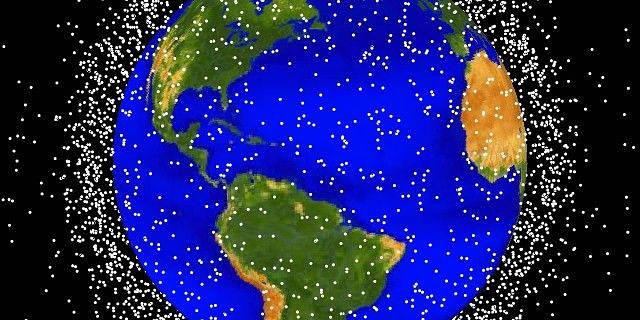
The FCC has recommended shortening the maximum period for post-mission disposal of low-Earth-orbit (LEO) satellites to five years or less, down from 25 years, as concerns grow about space junk, traffic and collisions.
The regulator recommended the shorter de-orbit time as part of its “Space Innovation; Mitigation of Orbital Debris in the New Space Age” public draft, released on Sept. 8. The commission notes it has not adopted the recommendation yet, but says it will be considered at an open meeting on Sept. 29.
Driving the recommendation are concerns that orbital debris is growing rapidly, with more than 4,800 satellites in operation as of the end of 2021 and projected even faster growth, the FCC says.
“As the number of objects in space increases, so too does the probability of collisions,” it says. “We believe it is no longer sustainable to leave satellites in LEO to deorbit over decades.”
The regulator says space junk threatens the U.S. space industry.
“At risk are the more than the $279 billion-a-year satellite and launch industries and the jobs that depend on them,” says the FCC. “Left unchecked, orbital debris could block all of these benefits and reduce opportunities across nearly every sector of our economy.”
The “five-year rule” would apply to spacecraft operating below 2,000 km (1,250 ft.) in altitude, otherwise known as low-Earth orbit. The rule would apply to U.S.-licensed satellites and systems, as well as non-U.S. licensed systems that seek U.S. market access. Satellites already in orbit would be exempt.
Satellites launched after Sept. 29, 2024, would have to comply with the five-year disposal requirement, though in one-off cases the FCC says it would consider waivers for scientific or research missions.




